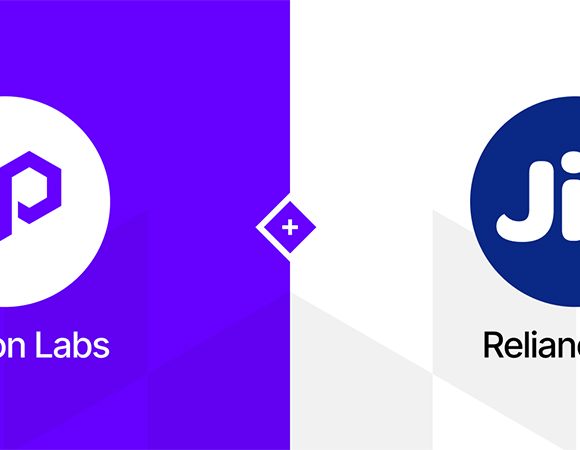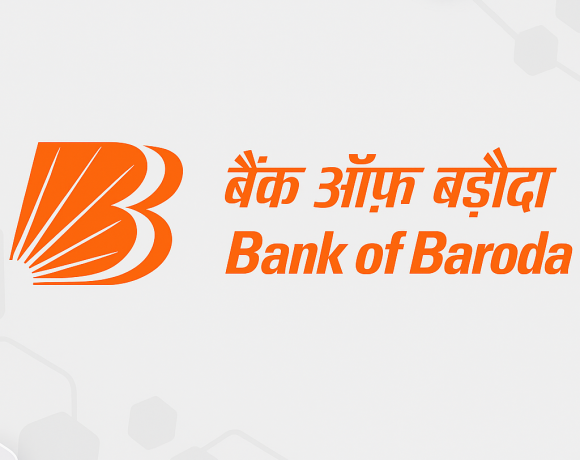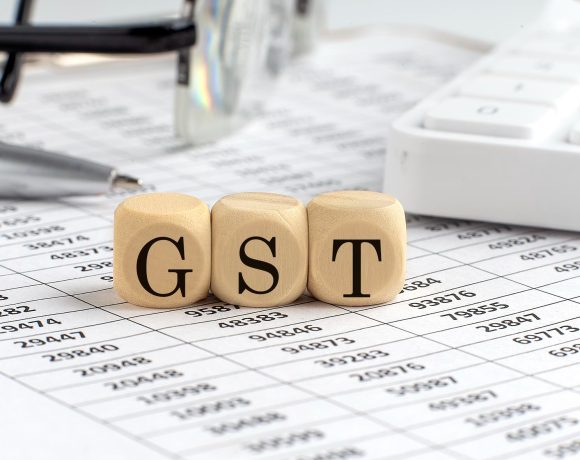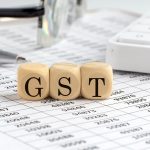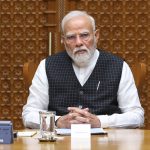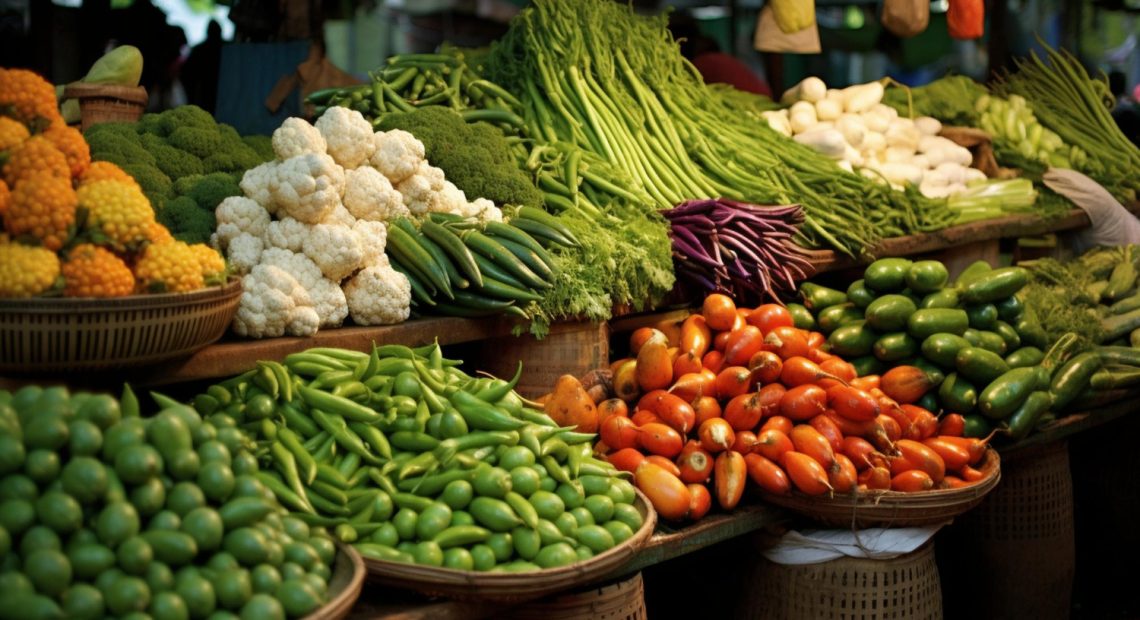
India’s Retail Inflation Surges to 5.49% in September, Driven by Soaring Vegetable Prices
India’s retail inflation jumped to 5.49% in September, crossing the central bank’s target range, largely due to a base effect and a sharp rise in vegetable prices. According to data from the Ministry of Statistics and Programme Implementation, the Consumer Price Index (CPI)-based inflation saw a notable increase from 3.65% in August, exceeding the 5.1% forecast by economists in a Bloomberg poll.
Food and Beverage Prices Lead Inflation Surge
On a sequential basis, inflation rose by 0.62% in September, with food and beverage prices reaching a four-month high of 8.36%, up from 5.3% in August. The surge was primarily driven by vegetable prices, which soared by 35.99% year-on-year, compared to a 10.7% rise in August. Sequentially, vegetable prices also increased by 3.5% from the previous month.
Key food items like onions and tomatoes hit 11-month and 14-month price highs, respectively, pushing overall food inflation upward. Core inflation, excluding volatile food and fuel prices, edged up slightly to 3.65%, marking an eight-month high.
Outlook for October and Beyond
Economists are warning of continued inflationary pressures in October. ICRA predicts that food and beverage inflation will remain above the 8.0% mark, driven by further price increases in key vegetables and edible oils. The rise in oil prices is attributed to a customs duty hike by the government in mid-September.
Potential RBI Response
With inflation trending above expectations, experts believe the Reserve Bank of India (RBI) may adopt a cautious approach in its monetary policy. Upasna Bhardwaj, chief economist at Kotak Mahindra Bank, suggested that inflation readings will likely remain elevated above 5%, delaying any potential rate cuts until 2025. The RBI’s next policy review in December will hinge on whether CPI inflation significantly falls below 5% or if GDP growth for the second quarter underperforms expectations.
The recent spike in inflation underscores the challenges India faces in managing food price volatility while balancing monetary policy measures to support economic growth.



